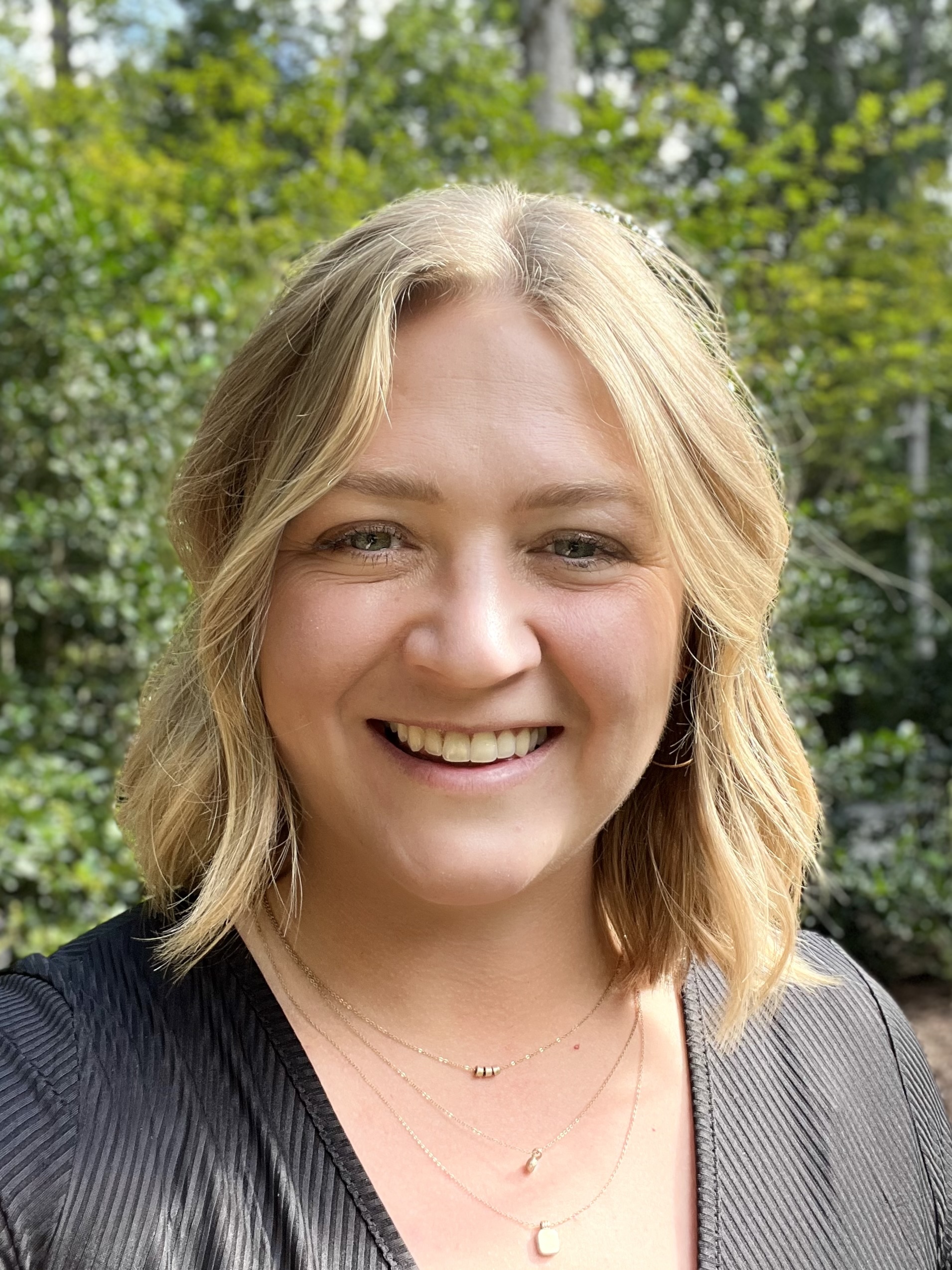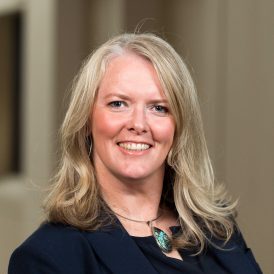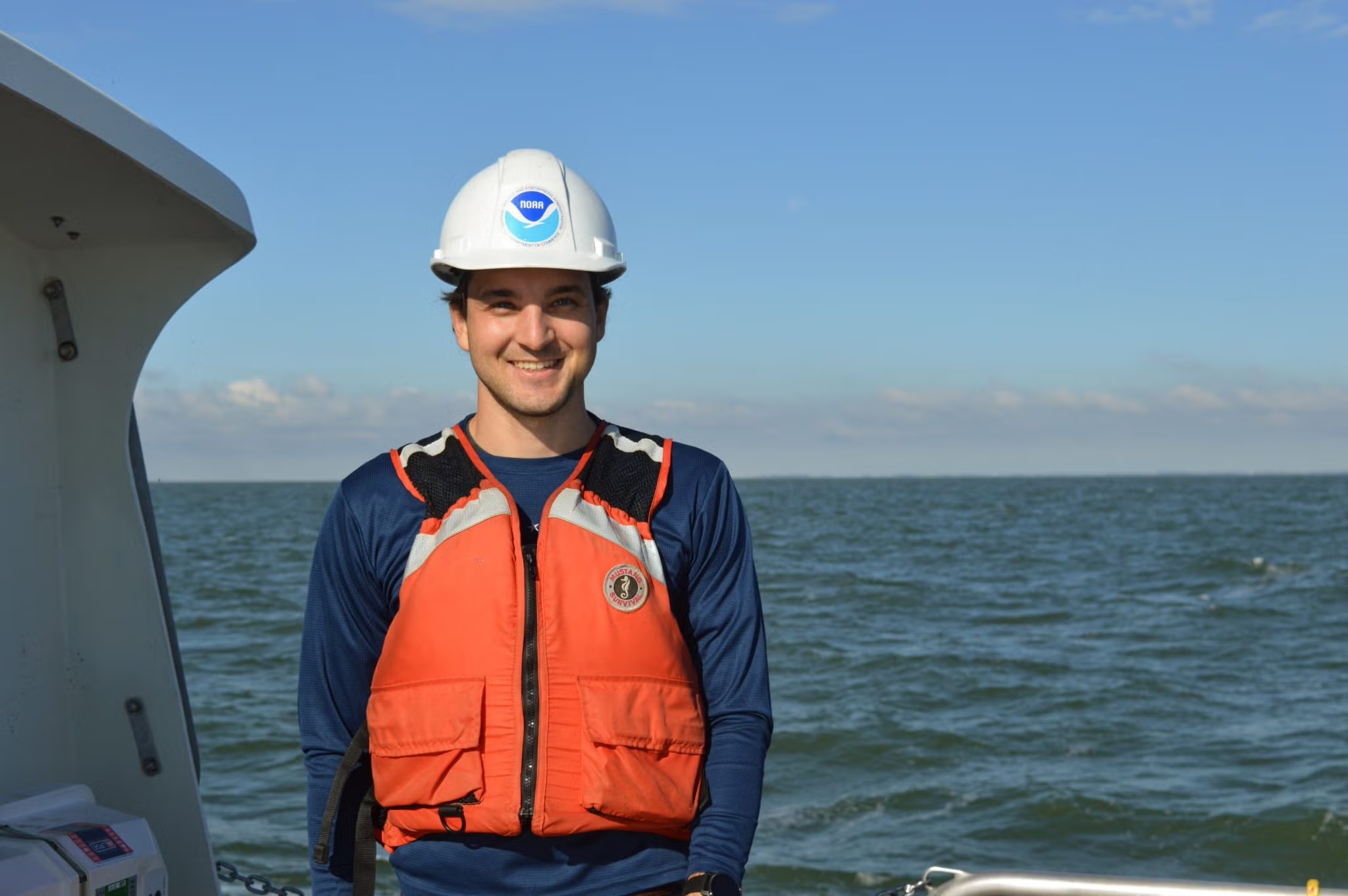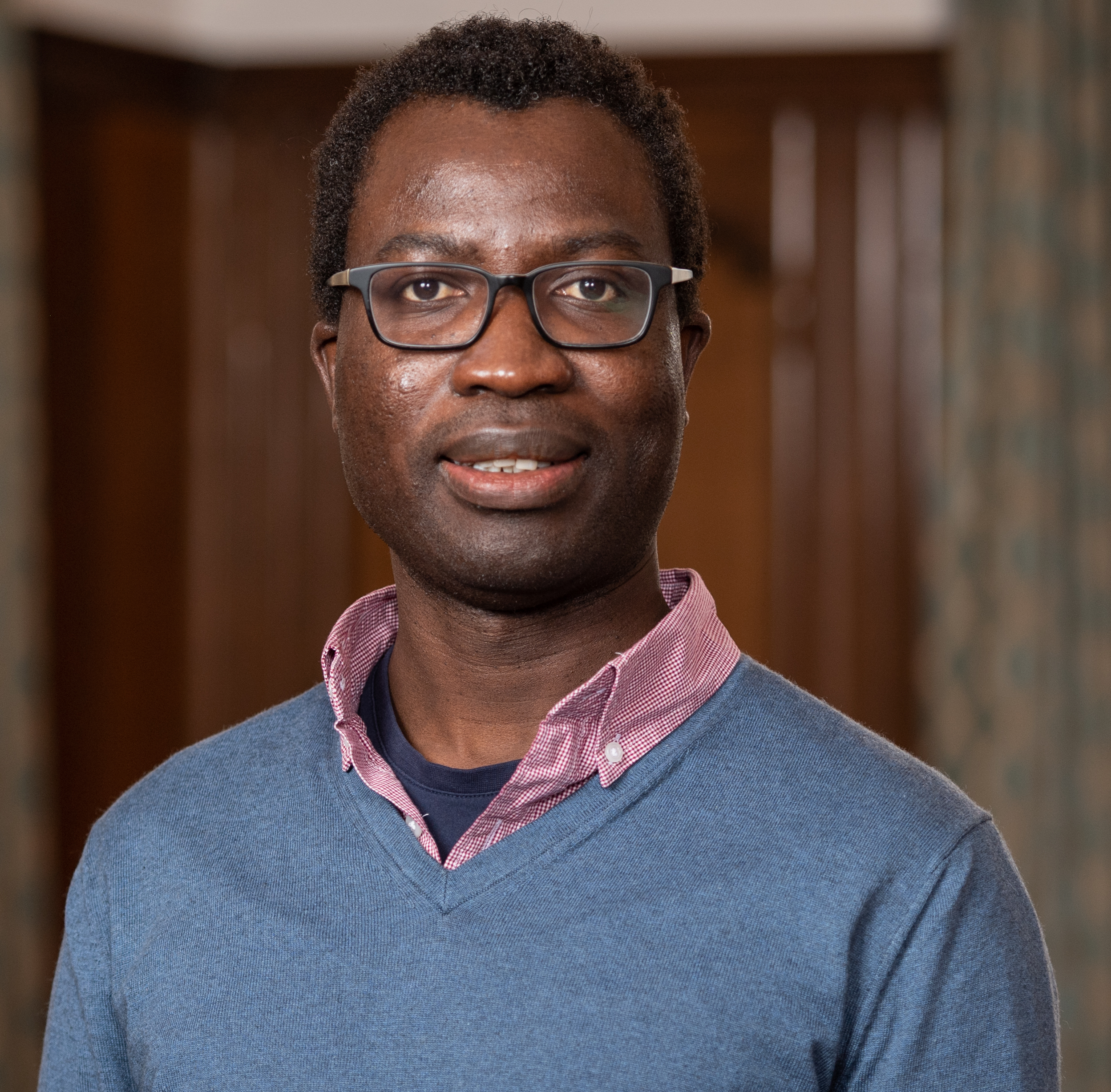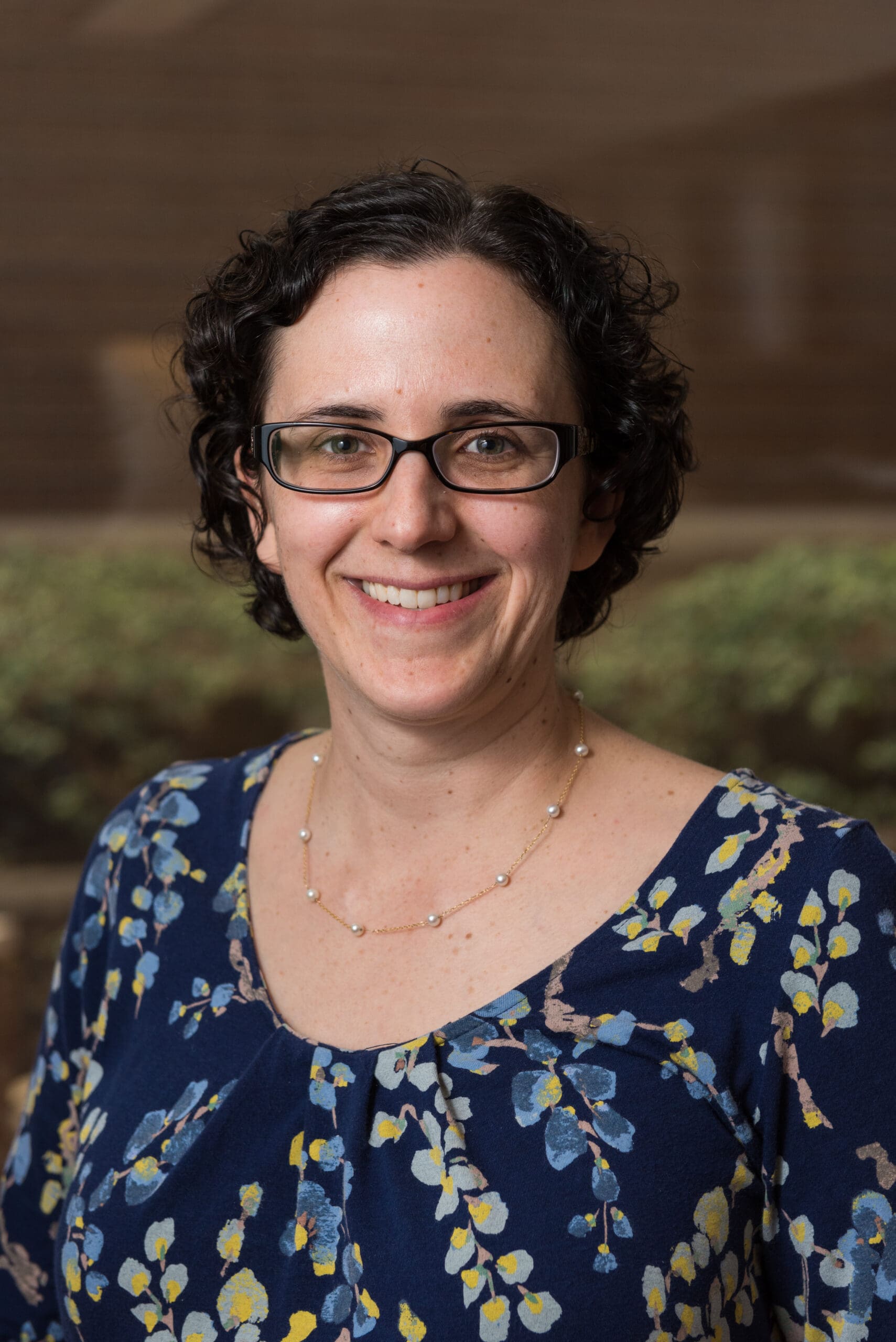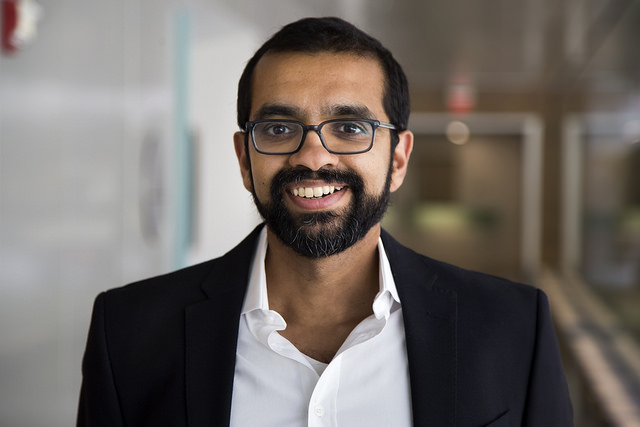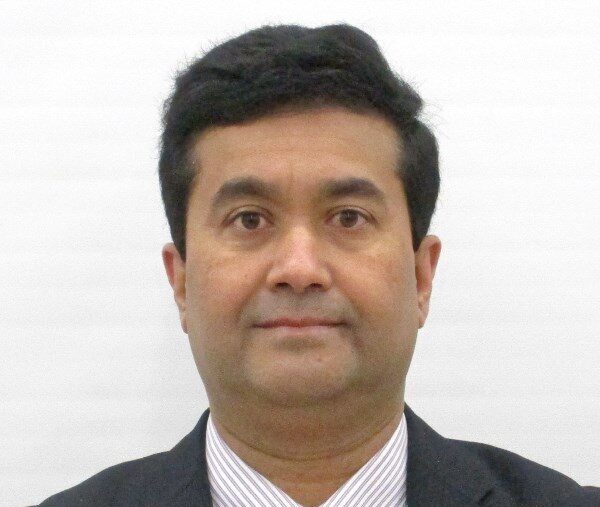Search
Affiliation Type
Methodologies
Applications

Peter Adriaens
Professor, Civil and Environmental Engineering, College of EngineeringRoss School of BusinessSchool for Environment and Sustainability
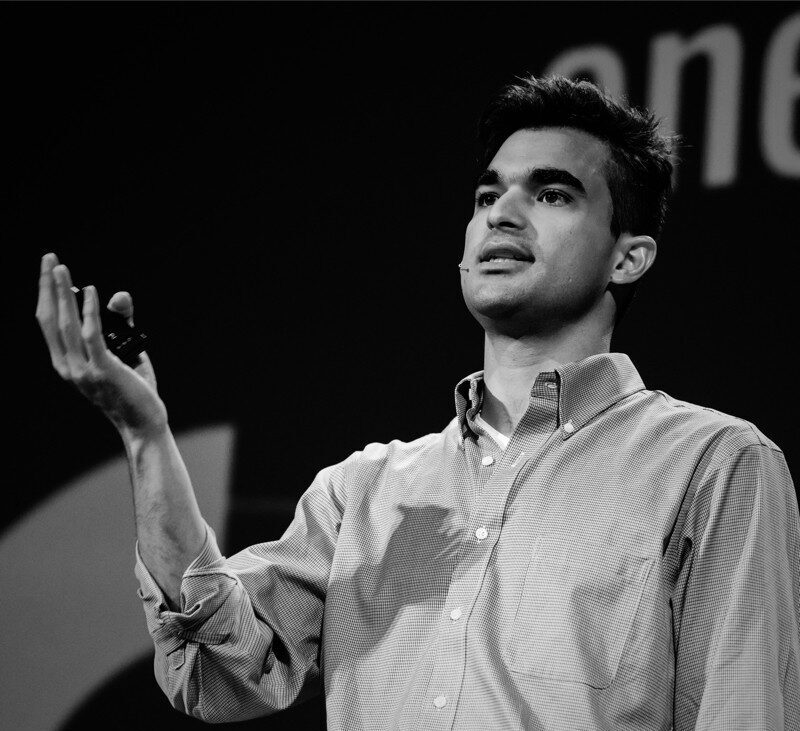
Mojtaba Akhavan-Tafti
Research Faculty, CLaSP
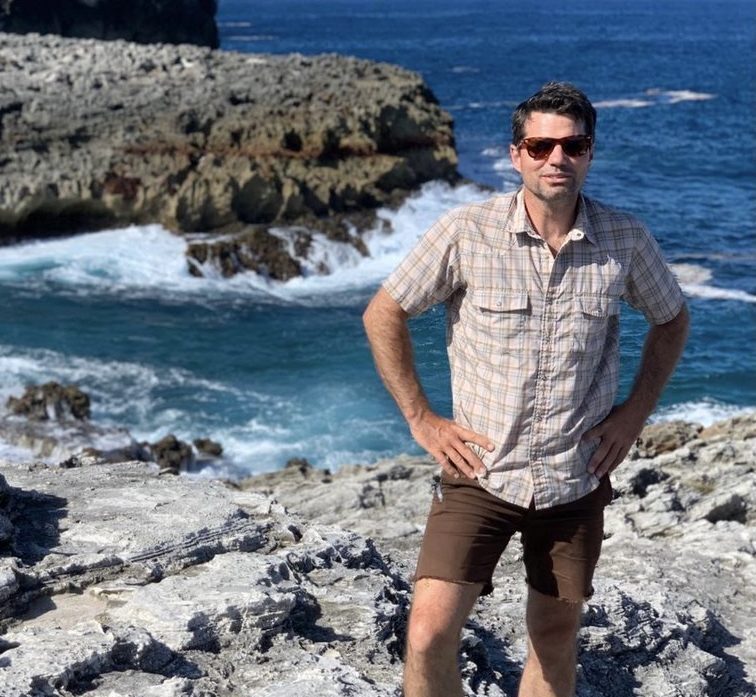
Jacob Allgeier
Associate Professor, Department of Ecology and Evolutionary Biology
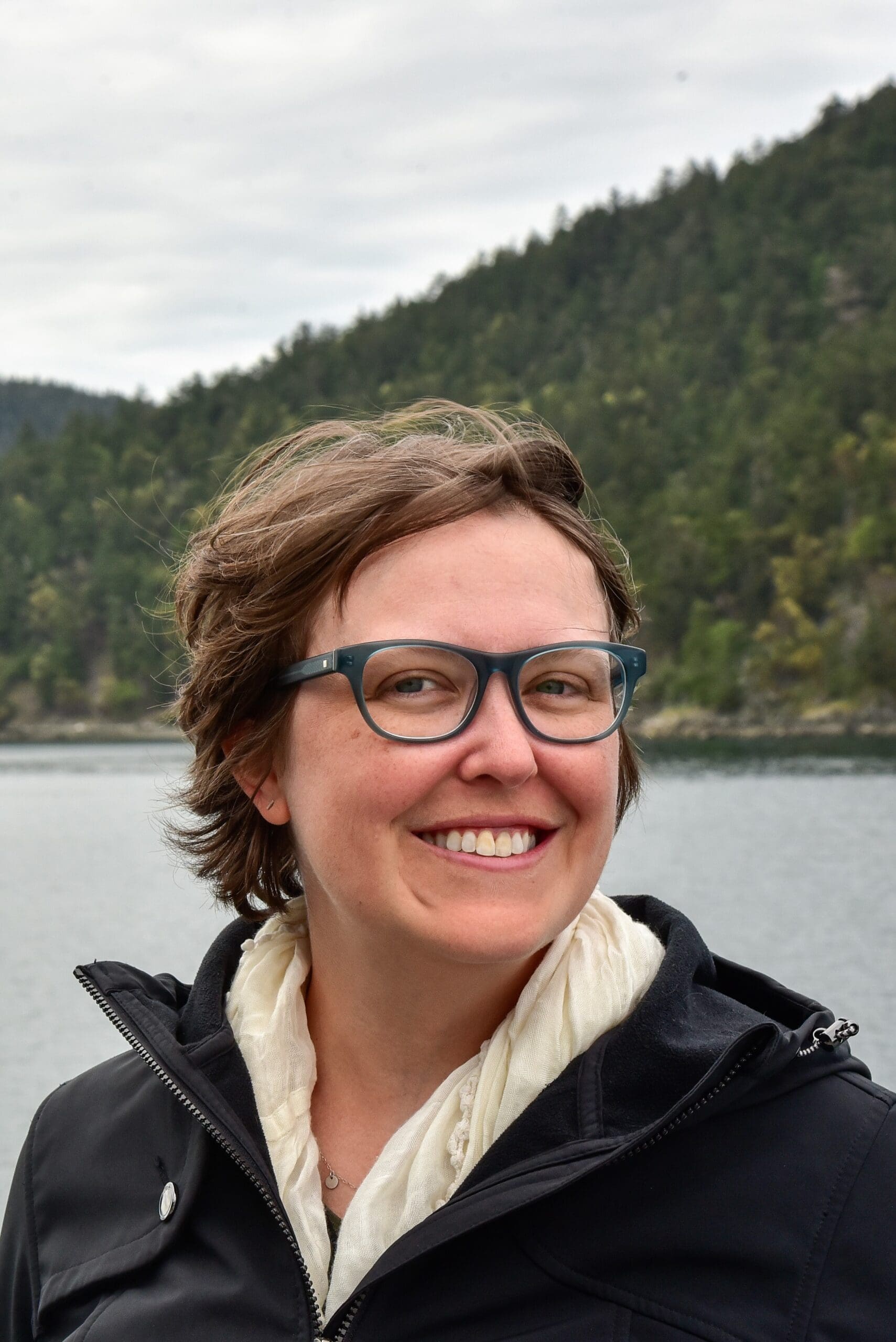
Karen Alofs
Assistant Professor, School for Environment and Sustainability Program in the Environment
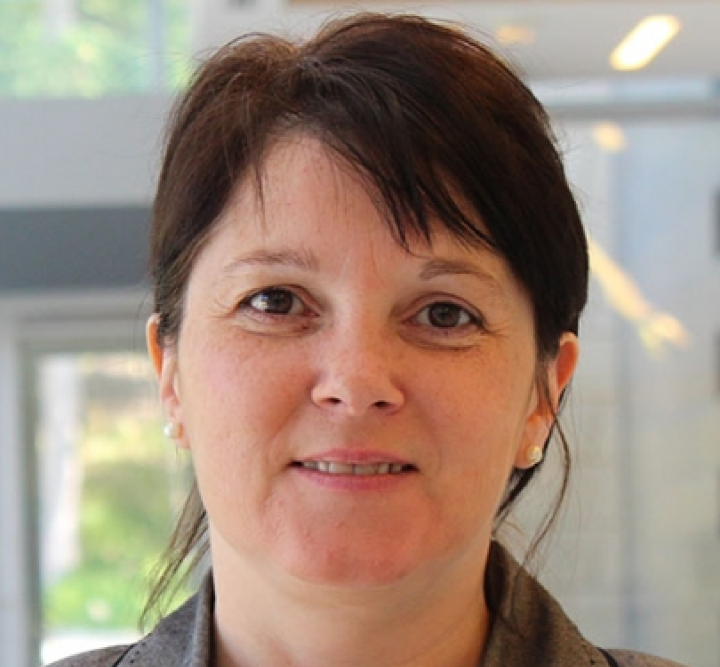
Mihaela (Miki) Banu
Research Associate Professor, Mechanical Engineering
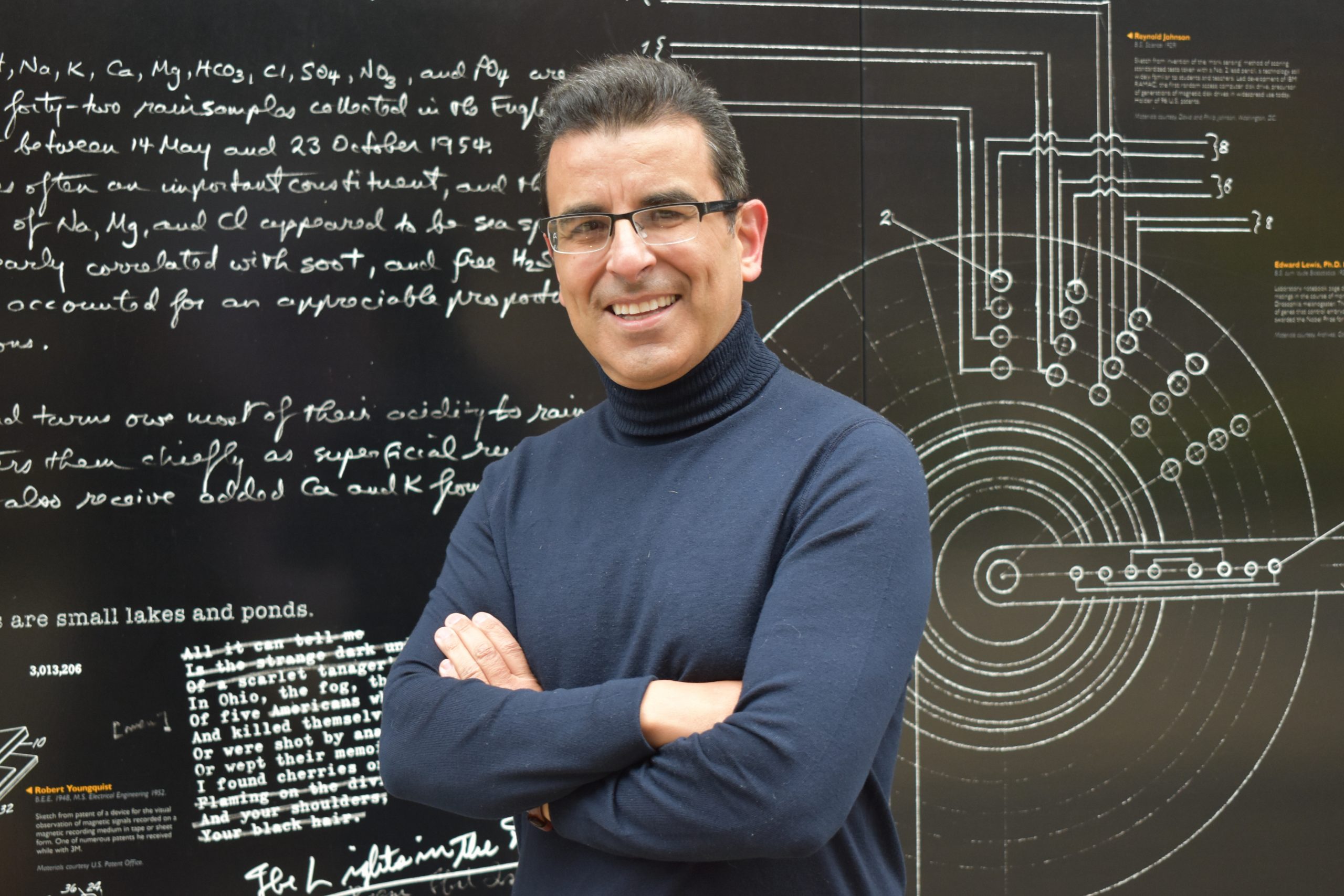
Saif Benjaafar
Seth Bonder Collegiate Professor and Professor of Industrial and Operations Engineering, Industrial and Operations Engineering

